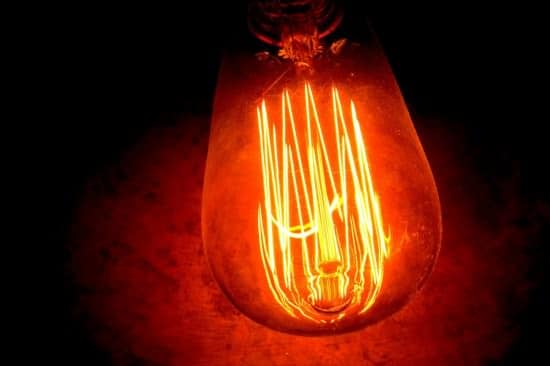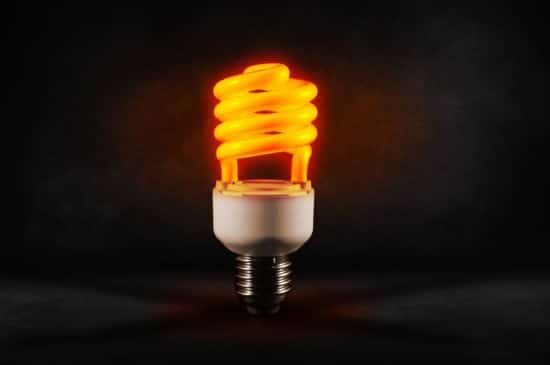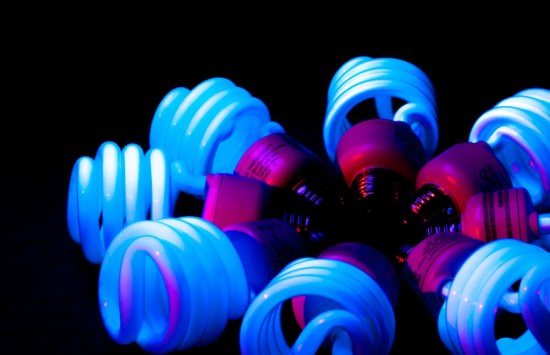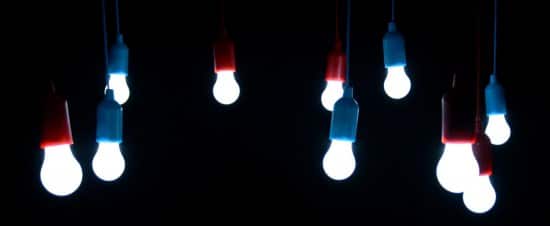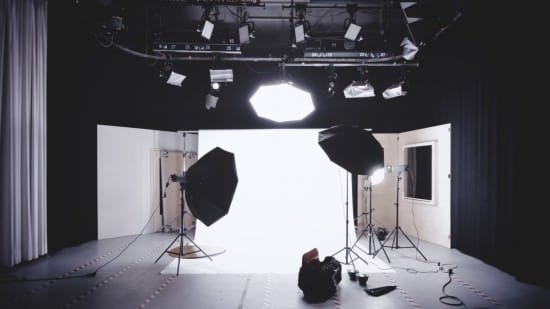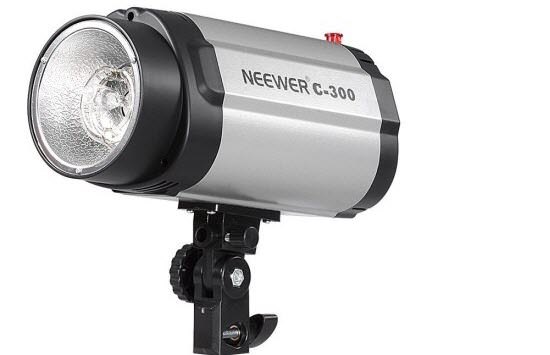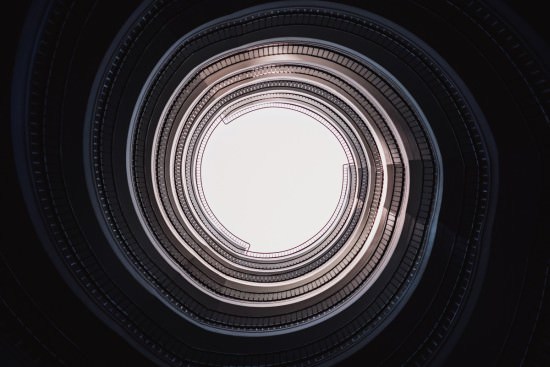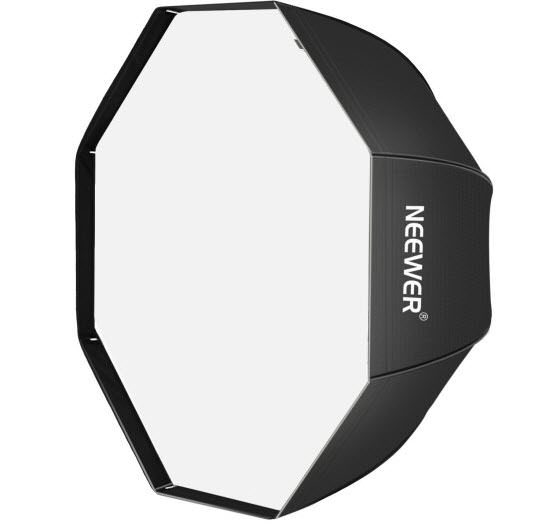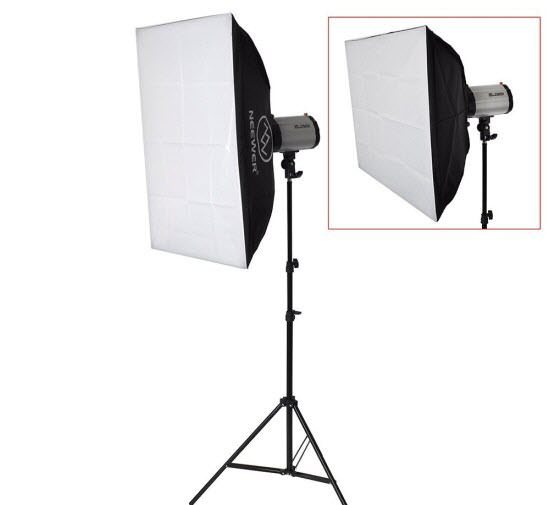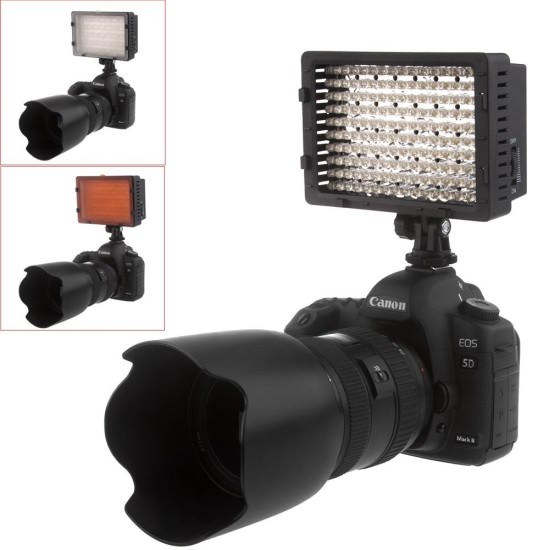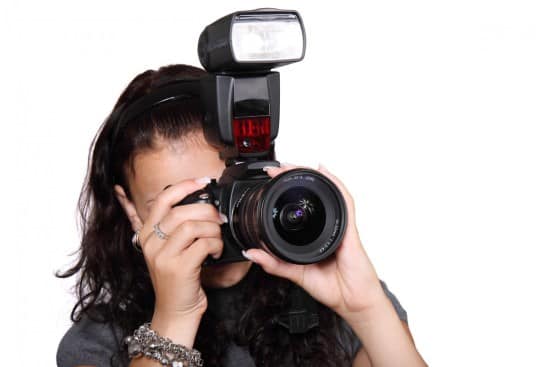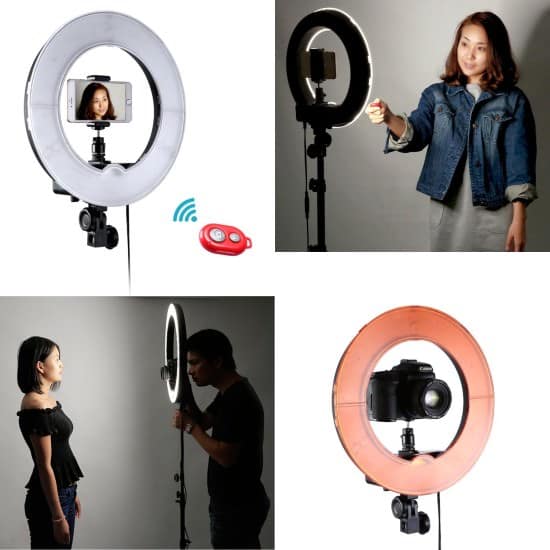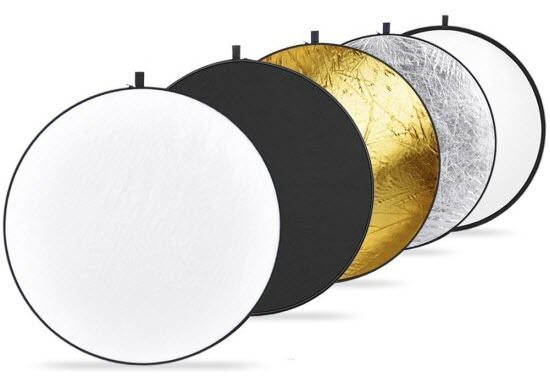Well, if you are serious about studio photography, let me be blunt with you. You can’t do without basic Photography lighting equipment.
It is important to realize that light is a vital part of the outcome of your images.
In most of the scenarios, you need to shoot indoors.
And outdoors too.
Natural lighting can’t be of much help to you.
Moreover, you need adequate lighting to capture a perfect shot.
So, you need to look for a professional lighting kit that gives the convenience and the power to control the lighting in your situation.
In fact, photography lighting equipment helps you to create stunning images.
However, when you go out to shop for new photography lighting equipment things might become quite complicated for you.
Moreover, there are various types of lighting equipment.
So, to help you out, we have featured this guide that introduces you to the different types of basic photography lighting equipment.
It will offer you enough knowledge to help you when you go out to shop for new photography lighting gear.
What are the lights used in photography?
Lighting is the very important ingredient that makes photography work.
When light isn’t naturally available, we have to use artificial light sources.
Moreover, there are instances when we want more control of the light for creative purposes.
You may even want more light or just want to use a different light.
In all such circumstances, you have to use artificial light.
Nowadays, there are four common types of artificial light sources that are used for photography.
These are:
- Incandescent
- Fluorescent
- LED
- Studio Strobe
Incandescent
This type of lighting consists of the common light bulb and even the large tungsten “hot lights” that are used in the studio and on movie sets.
They are warm in color temperature when compared with natural daylight.
However, you can modify the quality of incandescent lighting by using flags, reflectors, and diffusion material.
They can be pretty hot. So, you need to be careful when working with children and photographing things such as plastic or ice cream.
Fluorescent
Fluorescent lighting tubes are common in public buildings and offices.
However, they are not much used in photography other than if you’re shooting in corporate offices.
That said, fluorescent lighting tubes are available in different flavors such as cool white, warm white, daylight balanced, and even in traditional green.
So, it is much difficult to white balance for fluorescent lighting.
CFL Curly Bulbs
CFL Bulbs are essentially meant for solving the energy crisis.
They have mercury in them.
CFLs are not suited for the domestic purpose.
They are difficult to dispose of and very fragile.
However, they are great for warehouses where you need light all the time.
Nowadays, there are studio lighting kits that use CFL bulbs.
The problem that arises with these kits is that they suffer from mixed white balance.
So, they are not great lighting options for good photography or video lighting.
LED Bulbs
CFL Bulbs are being replaced by plastic LED bulbs that fit in standard light sockets.
However, before purchasing LED bulbs do check the color temperature.
Daylight is 5000 to 6000K, and Tungsten is rated from 2700K to 2900K.
For photography, the daylight rated ones (5000-6000K) are the best for use.
However, for home use, the warmer colored ones (2700-2900K) are good as they match your standard household light bulbs.
LED Studio Lights
LED Studio Lights have become the new standard in the photography and video market.
Their use is increasingly becoming more common. They are even used as perimeter lighting for domestic use.
LED Studio Lights can range from very stable in color temperature to very unstable.
You can adjust the brightness with a built-in rheostat.
Some models come with two color temperatures or slide in filter panels.
However, the quality of the light from LED’s can be quite harsh, and it doesn’t spread out much.
You have to soften this light with a spun diffusion material or bounce it off a wall.
They even need a burn-in temperature of about 72 hours. It helps to stabilize the color temperature variations.
LEDs are suitable for shooting inanimate subjects such as products.
They are also great for video as they can be transported easily without worrying about breakage.
Flash and Studio Strobe
Studio Strobe or Flash lighting is not continuous like the other lights that have been described above.
In fact, Studio Strobe Lighting goes on to burst out a huge amount of light in a mere fraction of a second.
So, it becomes difficult for you to visualize how the light would look on your photos.
That said, Strobe Lighting is most commonly used artificial lighting in photography.
However, it is not used for videos, as the duration of the flash is too short.
In fact, there are many manufacturers of strobe lighting systems.
Photographers have been using Flash and Studio Strobe Lighting for many years.
Image Credit: Neewer Strobe Studio Flash Light Kit
Various Types of Photography Lighting Equipments
We now list out various types of lighting equipment that help you to create stunning images.
1. Continuous Lighting Kits
Continuous lighting is largely used in the product as well as still life photography or video.
The best thing with continuous lighting is that it allows you to visualize how the light will appear on your image before you begin to shoot.
So, you can adjust your lighting as per your needs.
Beginners can manipulate the light more manually.
Moreover, Continuous lighting is very cost effective when compared to other lighting kits.
Fluorescent, tungsten, and LED are the most common types of continuous lighting bulbs.
All these produce great results, and choosing one of them is mainly a subject of personal preference.
That said Fluorescent is predominantly used in studio lighting by most studio photographers.
LED is another safe option over tungsten as they do not overheat as much.
Irrespective of the color balance bulbs you use, you must set your camera’s white balance to Auto for generating accurate colors.
Together with a great continuous lighting kit, you should also purchase an adjustable power kit.
They enable you to control how much the light source exudes in your environment.
Moreover, you don’t have remove bulbs for adjusting the amount of light you want.
2. Speedlight Lighting Kits
Speedlight are external flash units that are usually used along with umbrellas and softboxes for dispersing light.
They are faster than normal flashes and tend to be very versatile. They also come as “on-camera” flash.
It is an immensely useful accessory for photographers.
They offer additional light when conditions become too dark for your camera.
They help you to achieve more balanced exposures in daylight.
They facilitate freezing of fast-moving subjects. They can also control or trigger other flash light sources.
So, you see that the benefits of these external on-camera flashes (Speedlight) are many and certainly outweigh those offered by a built-in camera flash.
All you have to do is carry an additional piece of equipment.
However, Speedlight is immensely lightweight and portable, and so tend to be very effective on-the-go studios.
Speedlight is used for stills, product shots, or action shots at weddings and sporting events.
First, you need to buy a few Speedlight flashes.
Next, go for accessories kit with umbrellas or reflectors and stands for completing your setup.
This way you can set up a versatile Speedlight studio.
Image Credit: Neewer Speedlite Kit
3. Strobe Lighting
Strobe or Studio Strobe simply means a flash.
It is a larger light that is powered by AC Power.
Usually, you need to carry a large battery pack to power it.
Moreover, the photographer does not have to wait for the flash to catch up.
However, Studio Strobes are not as portable as a Speedlight.
And they are expensive too.
A quality studio strobe can cost anywhere between $500 and $1500. Plus, if you add the cost of lighting modifiers (umbrellas or softboxes) for strobes, they can cost you much.
The price is increased even more when you have to purchase a battery pack.
Monolights are best examples of Studio Strobes.
These are self-contained strobe units that come with power sources, reflectors, and stands.
The advantage with Monolights is that you don’t have to use an extra power generator as it is contained in the head of the lamp.
Secondly, most Monolights are powerful enough (150+ Watts) to light your subjects.
Thirdly, they are portable, as well, when purchased with a case.
Usually, Strobe Monolights are primarily used in studios for model photography and also product photography.
Image Credit: Neewer Strobe Flash Light
4. On-Camera Video Lights (Camera-Mounted Light)
The On-Camera (Video) Lights or Camera-Mounted Light is a great tool for many reasons.
They help you to enhance your video productions.
They are primarily used to record interviews when you are unable to set up lighting due to lack of time.
Reporters are using Camera-Mounted Lights for many years.
They need a light source that is battery powered and mounted to their camera. Camera-Mounted fulfills this very purpose.
They offer quick shots and can illuminate their subject, even in the darkest of the nights.
Moreover, On-Camera Light sources are lightweight, intense and very sturdy.
This very characteristic makes it ideal for many other uses.
For example, they allow you to shoot anywhere and have a “well-lit” video.
It is a sturdy, lightweight, and dependable light source.
They come handy while shooting wildlife and other creatures.
They can even be used during the day for enhancing the video quality by reducing the contrast between shadow and light.
However, despite their varied uses in remote location lighting, television reporting, and guerilla lighting, Camera-Mounted Light does have a drawback.
They create a very harsh light effect with a sharp shadow edge.
Plus, the positioning of most camera-mounted lights is such that you get a hard light into the eyes of your talent that creates a flat, two-dimensional space.
It goes on to create a lighting effect that is flat and unflattering.
That said reporters go on to use a technique known as diapering for diffusing the light.
It helps to soften and spread light.
Image Credit: Neewer Camera Video Light
5. Flashes
Flashes are an indispensable accessory for photographers.
There are On-Camera Flash, Off-Camera Flash, as well as In-Camera Flash.
They provide additional light, are used for achieving more balanced exposures in daylight conditions, allow freezing of fast-moving subjects, and are even used to trigger other flash light sources.
They help to elevate your imagery when the light is less than stellar.
While the In-Camera Flash is built into your camera, the On-Camera Flash is a kind of external flash that is used on your camera.
It is a type of strobe light that is connected directly to your camera.
However, the Off-Camera Flash is not built-in to the camera.
They are mounted either on the hot shoe on top of the camera or a light stand or even on a convenient surface.
The camera can trigger the off-camera flash.
6. Ring Light
A Ring Light comes as a simple lighting tool primarily used for portraits, beauty shots, and macro photography.
It consists of a number of small bulbs that are arranged circularly.
It can also consist of just one circular fluorescent bulb.
A Ring Light creates an attractive catchlight on a subject’s eyes.
It emits even, diffused light and helps to eliminate shadows.
Generally, it is positioned in front of the subject, and the camera is situated in the middle of the ring.
It is an economical lighting tool that is used much in indoor filming and vlogging.
They offer diffused lighting around the subject and go on to reduce the appearance of harsh shadows.
That’s why it is a popular lighting tool for close-up portraiture.
They are available in different sizes and compatible with any camera.
Apart from photography, ring lights are also used in videos.
They are good for YouTube videos. Vloggers and product reviewers also use ring lights.
Image Credit: Neewer Ring Light
7. Reflector
In photographic lingo, a reflector is any piece of reflective material for bouncing light in a certain direction.
So, a reflector is simply a tool for reflecting light.
It doesn’t create light like a flash. It only redirects the existing light from a flash or studio strobe.
Reflectors are available in different types and colors.
For example, a traditional white reflector simply bounces the light.
The light is nice and soft. Silver reflectors do not change the color of the light much.
However, gold reflectors go on to change the color of the light with an orange tone.
The primary purpose of using reflectors is to fix shadows.
They are used to fix odd shadows on the face. They redirect light and make a better photo.
Image Credit: Neewer Light Reflector
Besides the above photography lighting equipment, you are also required to use lighting stands, mounts, and lighting meters.
These lighting equipment complete your photography lighting kit.
Well, they might not be an absolute necessity for a photographer, but they certainly assist you in capturing great photographs.
We hope that you now know the different photo lighting equipment.
If you found the post useful, please share it on Facebook, Google Plus, and Twitter. We welcome your comments and suggestions.
